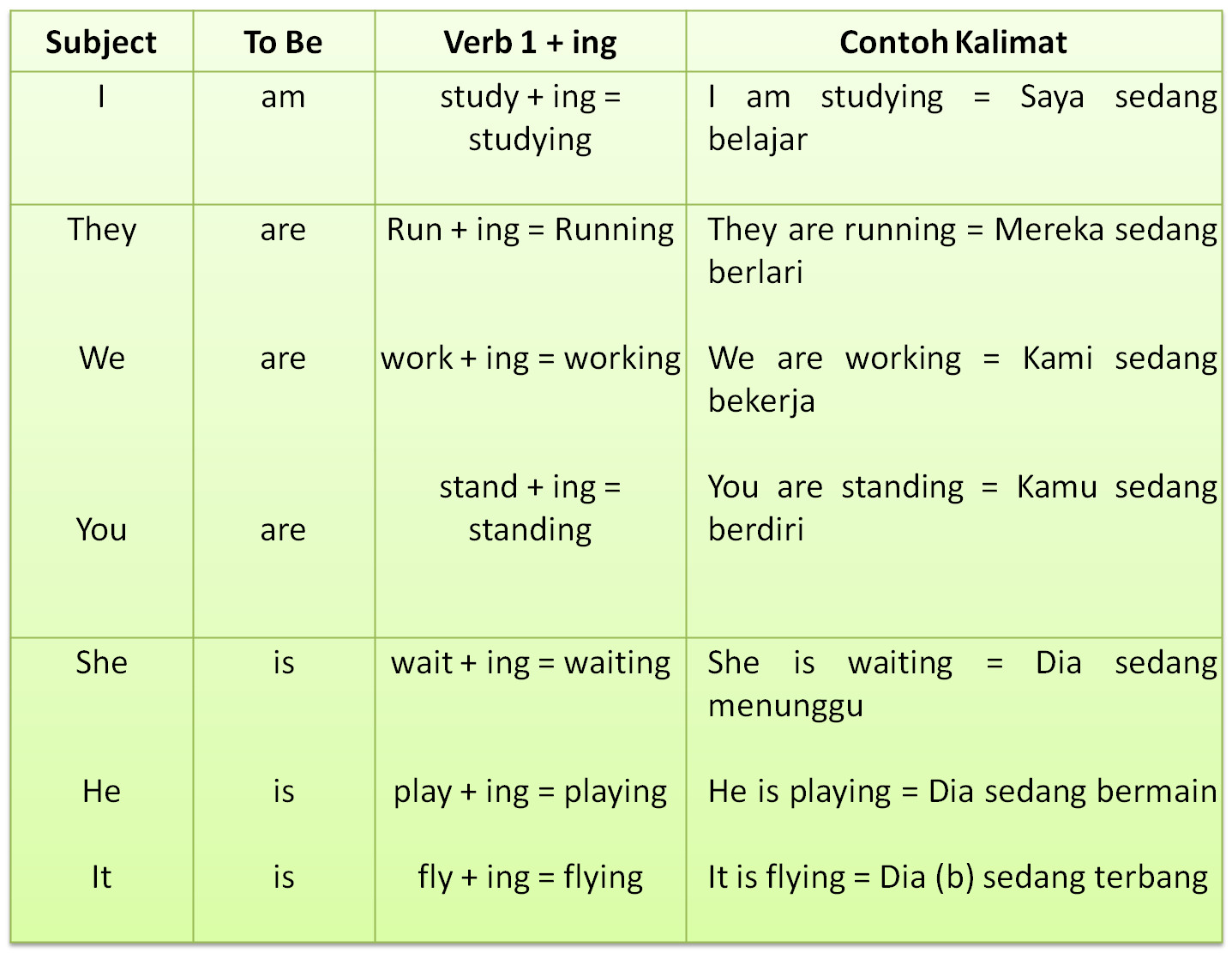

“A fastball was coming–the pitcher’s stance had put the batter on alert.” “The house had been rid of mice only after the family got a cat.” “When it became hot, we all shed our coats and walked to the river.”

“Maggie put a toad in her brother’s lunch box yesterday.” When a verb does not change, inspect the rest of the sentence to determine the tense. Other than tacking on an “s” or an “-ing”, these sample verbs retain their base form. Examples of irregular verb forms can illustrate this, starting with the easiest: verbs that do not change from their root word. Irregular verbs have a variety of irregularities some change so much that each tense has a completely different word, and some do not change at all. This is all quite simple until that last verb–“woken” is an “irregular” verb.

“I want to study tonight, as I was half asleep when I studied this morning. The main quirk of regular verbs are those that end in a consonant and “y”, such as “copy” or “study”–the “y” is replaced by “-ies” in the present tense and by “-ied” in the past tense. Regular verbs are simple: “I dance”, “I danced”, “I will dance”, “I want to dance”, “I am dancing”. English is influenced by so many other languages that most rules have exceptions verbs are no different.


 0 kommentar(er)
0 kommentar(er)
